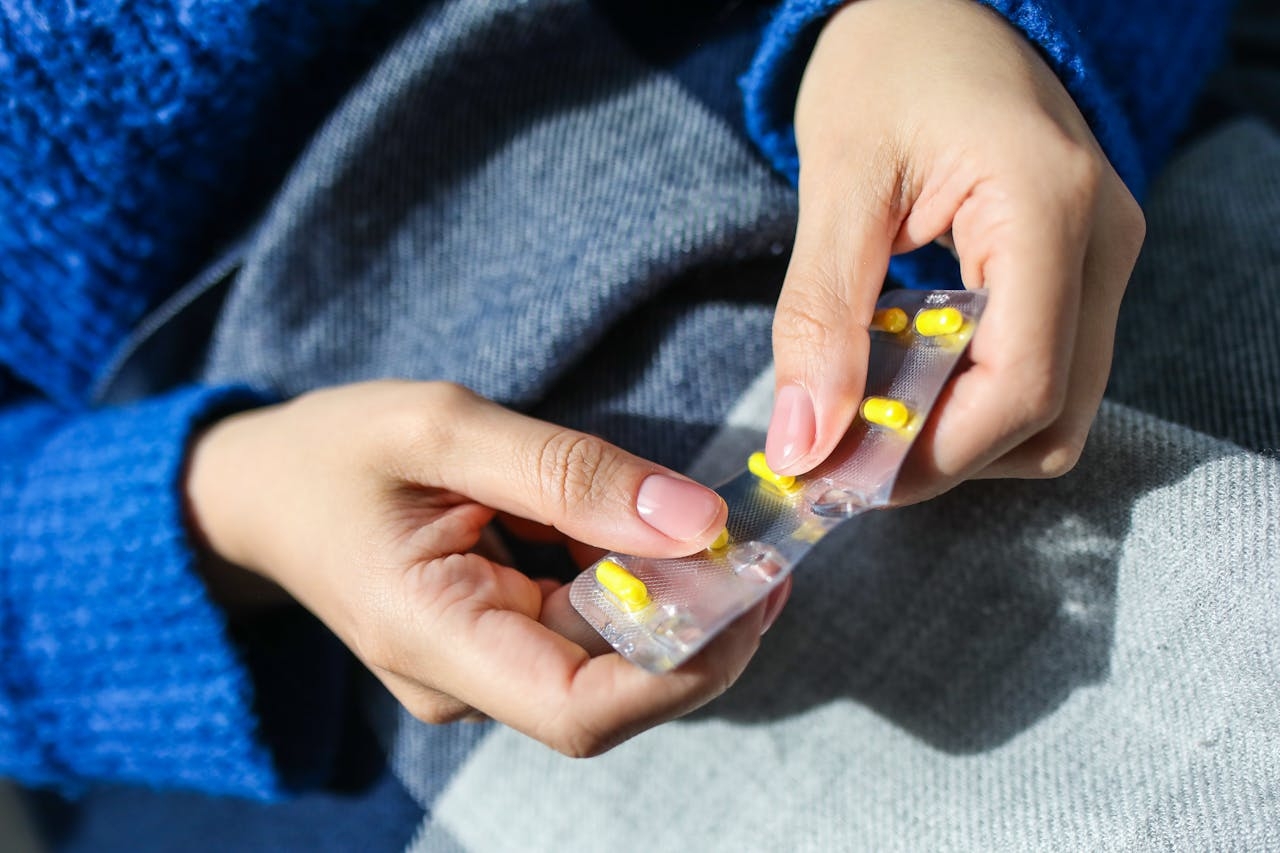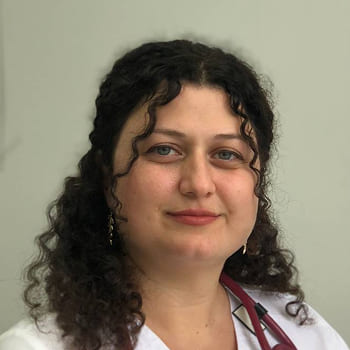
Paracetamol ratio 1 g comprimidos efg

How to use Paracetamol ratio 1 g comprimidos efg
Introduction
Leaflet: information for the user
Paracetamol ratio 1 g tablets EFG
Read this leaflet carefully before you start taking this medicine, as it contains important information for you.
- Keep this leaflet, as you may need to read it again.
- If you have any questions, consult your doctor or pharmacist.
- This medicine has been prescribed for you only and should not be given to others, even if they have the same symptoms as you, as it may harm them.
- If you experience any side effects, consult your doctor or pharmacist, even if they are not listed in this leaflet. See section 4.
1. What Paracetamol ratio is and for what it is used
2. What you need to know before starting to take Paracetamol ratio.
3. How to take Paracetamol ratio
4. Possible side effects
5. Storage of Paracetamol ratio
6. Contents of the pack and additional information
1. What is Paracetamol ratio and what is it used for
Paracetamol ratio belongs to a group of medicines called analgesics and antipyretics.
This medication is used for the symptomatic treatment of mild to moderate pain and in febrile states in adults and adolescents 12 years of age and older.
2. What you need to know before starting to take Paracetamol ratio
Do not take Paracetamol ratio:
- If you are allergic (hypersensitive) to paracetamol or to any of the other components of this medication (listed in section 6).
Warnings and precautions
Consult your doctor or pharmacist before starting to take Paracetamol ratio.
- Do not take more than the recommended dose.
- In patients with asthma sensitive to acetylsalicylic acid, consult your doctor before taking this medication.
- If you have kidney, liver, heart, or lung disease, or have anemia (decrease in hemoglobin levels in the blood, due or not due to a decrease in red blood cells), consult your doctor before taking this medication.
- In chronic alcoholics, be careful not to take more than 2 g/day of paracetamol.
Inform your doctor immediately if during treatment with paracetamol:
- You have severe diseases, such as severe renal insufficiency or sepsis (when bacteria and their toxins circulate in the blood, causing damage to organs), or if you have chronic malnutrition, chronic alcoholism, or if you are also taking flucloxacillin (an antibiotic). A severe disease called metabolic acidosis (a blood and fluid anomaly) has been reported in patients in these situations when using paracetamol at regular doses for a prolonged period or when taking paracetamol with flucloxacillin. Symptoms of metabolic acidosis may include: severe respiratory difficulty with deep and rapid breathing, drowsiness, feeling unwell (nausea) and vomiting.
Use of Paracetamol ratio with other medications:
Inform your doctor or pharmacist if you are using or have used recently or may need to use any other medication.
Paracetamol may interact with the following medications:
- Oral anticoagulants (used for the treatment of thromboembolic diseases)
- Antiepileptics (used for the treatment of epileptic seizures)
- Diuretics (used to increase urine elimination)
- Flucloxacillin (antibiotic), due to a severe risk of blood and fluid anomaly (called metabolic acidosis) that requires urgent treatment (see section 2).
- Isoniazid (used for the treatment of tuberculosis)
- Lamotrigine (used for the treatment of epilepsy)
- Probenecid (used for the treatment of gout)
- Propranolol (used for the treatment of hypertension, cardiac arrhythmias)
- Rifampicin (used for the treatment of tuberculosis)
- Colestiramide (used to reduce blood cholesterol levels)
Do not use with other analgesics (pain-relieving medications) without consulting your doctor. As a general rule, it is recommended to inform your doctor or pharmacist systematically if you are being treated with another medication. In the case of treatment with oral anticoagulants, Paracetamol may be administered occasionally as the preferred analgesic.
Interference with analytical tests:
If you are to undergo any analytical test (including blood, urine, etc... tests), inform your doctor that you are taking this medication, as it may alter the results of these tests.
Taking Paracetamol ratio with food, drinks, and alcohol:
The use of paracetamol in patients who regularly consume alcohol (three or more alcoholic beverages per day, beer, wine, liquor...) may cause liver damage.
Pregnancy, breastfeeding, and fertility
If you are pregnant or breastfeeding, think you may be pregnant, or intend to become pregnant, consult your doctor before using this medication.
Paracetamol may be used during pregnancy if necessary. Use the lowest possible dose that reduces pain or fever and use it for the shortest possible time. Contact your doctor or midwife if pain or fever do not decrease or if you need to take the medication more frequently.
Pregnancy
If you are pregnant or think you may be, consult your doctor before taking this medication. The consumption of medications during pregnancy can be hazardous to the embryo or fetus, and should be monitored by your doctor.
Epidemiological studies in pregnant women have not shown undesirable effects due to the use of paracetamol at recommended doses, but patients should follow their doctor's advice regarding its use.
Breastfeeding
Consult your doctor or pharmacist before using any medication.
Small amounts of paracetamol may appear in breast milk, therefore it is recommended to consult your doctor or pharmacist before taking this medication.
Driving and operating machinery
The influence of paracetamol on the ability to drive and operate machinery is negligible or insignificant.
3. How to take Paracetamol ratio
Follow exactly the administration instructions of this medication indicated by your doctor or pharmacist. In case of doubt, consult your doctor or pharmacist again.
This medication should be taken orally. According to your preferences, the tablets can be taken directly or divided in half with water, milk, or fruit juice.
The tablet can be divided into equal doses.
Adults and adolescents over 15 years old:
The recommended dose is half or 1 tablet (500 mg-1 g of paracetamol) as needed.
Doses should be spaced at least 4 hours apart.
No more than 4 tablets (4 g) should be taken in 24 hours.
Pediatric population:
Adolescents over 12 years old (>42 Kg): The recommended dose is half a tablet (500 mg of paracetamol) 3 times a day. Doses should be spaced at least 4 hours apart. The daily dose will not exceed 2 and a half tablets (2.5 g of paracetamol).
Children (under 12 years old): Due to the paracetamol dose, this medication is not suitable for use in children.
Patients with liver disease:
Before taking this medication, you must consult your doctor. You should take the amount of medication prescribed by your doctor with a minimum interval of 8 hours between each dose. Do not take more than 2 grams of paracetamol in 24 hours, divided into 2 doses.
Patients with kidney disease:
Before taking this medication, you must consult your doctor.
In case of severe or moderate insufficiency, take a maximum of half a tablet (500 mg) per dose.
Older adults:
Your doctor will indicate the most suitable treatment for you.
This medication is not suitable for use in children or adolescents under 15 years old.
If you take more Paracetamol ratio than you should
If you have taken more Paracetamol than you should or have accidentally ingested the contents of the package, consult your doctor or pharmacist immediately, or call the Toxicological Information Service, phone 915 620 420, indicating the medication and the amount ingested.
If you have taken an overdose, you should go to a medical center immediately, even if you do not have symptoms, as they often do not appear until 3 days after taking the overdose, even in cases of severe intoxication. The symptoms of an overdose can be: dizziness, vomiting, loss of appetite, yellowing of the skin and eyes (jaundice), and abdominal pain. Later, liver and kidney damage can develop. Severe overdoses can cause death.
The treatment of an overdose is more effective if it is initiated within 4 hours of taking the medication.
Patients undergoing barbiturate treatment or suffering from chronic alcoholism may be more susceptible to a paracetamol overdose.
If you forget to take Paracetamol ratio
Do not take a double dose to compensate for the missed doses, simply take the missed dose when you remember, taking the next doses with the indicated spacing (at least 4 hours).
4. Possible Adverse Effects
Like all medicines, this medicine may cause side effects, although not everyone will experience them.
The observed side effects are described below according to the frequency of presentation:
Rare side effects (may affect up to 1 in 1,000 people), very rare side effects (may affect up to 1 in 10,000 people), unknown (cannot be estimated from available data)
The following side effects have been observed.
General disorders and administration site conditions
Rare: Discomfort
Immune system disorders
Unknown:Allergic reactions (hypersensitivity) ranging from a simple skin rash (redness or inflammation of the skin) or urticaria (hives) to anaphylactic shock (a type of severe allergic reaction).
Hepatobiliary disorders
Rare:Increased levels of liver transaminases (liver enzymes).
Very rare:Liver toxicity (liver toxicity) and jaundice (yellow discoloration of skin and mucous membranes).
Unknown:Liver damage
Metabolism and nutrition disorders
Very rare:Hypoglycemia (low blood glucose levels).
Unknown:A severe disease that can make the blood more acidic (designated as metabolic acidosis) in patients with severe disease using paracetamol (see section 2).
Blood and lymphatic system disorders
Very rare:Leucopenia, neutropenia (decrease in white blood cells in the blood), hemolytic anemia (decrease in red blood cells in the blood).
Unknown:Thrombocytopenia (reduction of platelets in the blood), agranulocytosis
Vascular disorders
Rare:Hypotension (decrease in blood pressure).
Renal and urinary disorders
Very rare:Purulent urine, adverse renal effects.
Skin and subcutaneous tissue disorders
Unknown: Exanthema
Severe skin reactions have been reported in very rare cases (medicines that induce Stevens-Johnson syndrome (SJS), toxic epidermal necrolysis (TEN), and exanthematous pustular exanthema (AGEP)).
Reporting of side effects:
If you experience any type of side effect, consult your doctor or pharmacist, even if it is a possible side effect that does not appear in this leaflet. You can also report them directly through the Spanish System for the Pharmacovigilance of Medicinal Products for Human Use:https://www.notificaram.es. By reporting side effects, you can contribute to providing more information on the safety of this medicine.
5. Paracetamol Storage Instructions
Keep this medication out of the sight and reach of children.
This medication does not require special storage conditions.
Do not use this medication after the expiration date shown on the box (after CAD.). The expiration date is the last day of the month indicated.
Do not dispose of medications through the drains or trash.Deposit empty containers and unused medications at the SIGRE collection point of the pharmacy.In case of doubtask your pharmacist how to dispose of empty containers and unused medications. By doing so, you will help protect the environment.
6. Contents of the packaging and additional information
Composition of Paracetamol ratio
The active ingredient is paracetamol. Each tablet contains 1g of paracetamol.
The other components are: maize pregelatinized starch, stearic acid, povidone K-30, crospovidone, microcrystalline cellulose, and vegetable-derived magnesium stearate.
Appearance of the product and contents of the packaging
Paracetamol ratio are oblong tablets, white in color, and scored on one of their faces.
They are presented in aluminum-PVC-PVDC blisters in packaging of 20 and 40 tablets.
Only some packaging sizes may be commercially available.
Holder of the marketing authorization and responsible for manufacturing:
Holder
Teva Pharma, S.L.U.
c/ Anabel Segura 11, Edificio Albatros B,
1st floor, Alcobendas,
28108 Madrid (Spain)
Responsible for manufacturing:
Toll Manufacturing Services S.L
C/ Aragoneses, 2. 28108 Alcobendas (Madrid)
Spain
or
Pharmex Advanced Laboratories, S.LPol. Ind. Los Mochos. Polígono 8 - Parcela 20. Crta. A-431,
Km 19 (Almodóvar del Río) -14720
Spain
or
SAG MANUFACTURING S.L.U.
National Highway I, Km. 36
28750 San Agustín de Guadalix,
Spain
This leaflet was approved in January 2025
“Detailed and updated information on this medication is available on the website of the Spanish Agency for Medicines and Medical Devices (AEMPS)http://www.aemps.gob.es/”

How much does Paracetamol ratio 1 g comprimidos efg cost in Spain ( 2025)?
The average price of Paracetamol ratio 1 g comprimidos efg in September, 2025 is around 1.9 EUR. Prices may vary depending on the region, pharmacy, and whether a prescription is required. Always check with a local pharmacy or online source for the most accurate information.
- Country of registration
- Average pharmacy price1.9 EUR
- Active substance
- Prescription requiredYes
- Manufacturer
- This information is for reference only and does not constitute medical advice. Always consult a licensed doctor before taking any medication. Oladoctor is not responsible for medical decisions based on this content.
Ask a doctor about Paracetamol ratio 1 g comprimidos efg online
Talk to a doctor online
Need help understanding this medicine or your symptoms? Online doctors can answer your questions and offer guidance.















